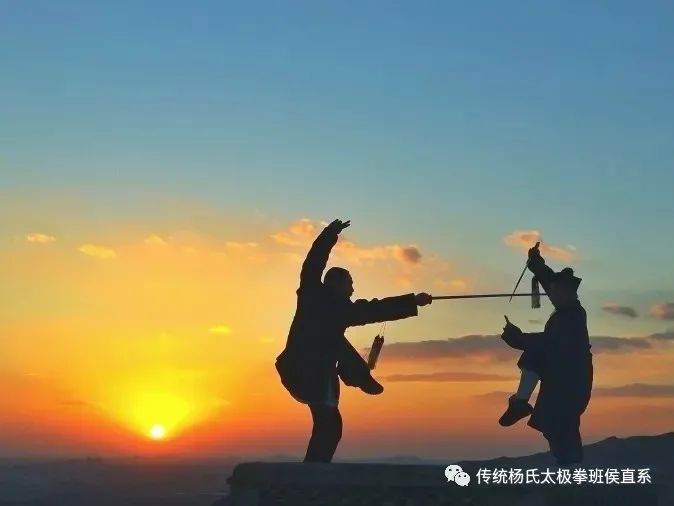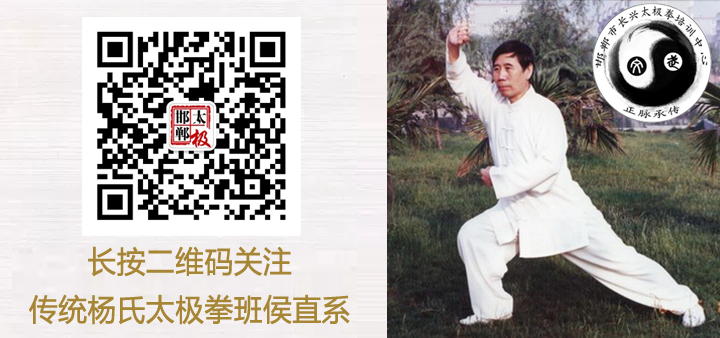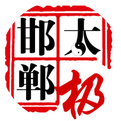
Tai Chi (太极拳) is a treasure of traditional Chinese martial arts, integrating the philosophies of Daoism (道家), Confucianism (儒家), and Buddhism (佛家) to achieve a state of unity between body and mind, as well as harmony between humanity and nature. Practicing Tai Chi requires adherence to twelve essential philosophies, including the concepts of Wu Ji (无极) and Yin Yang (阴阳), using stillness to control movement, and overcoming hardness with softness, emphasizing both internal and external cultivation, and the integration of form and spirit, aiming to refine one’s character and comprehend the Dao (大道).Tai Chi, as a gem of traditional Chinese martial arts, is not merely a martial art but a philosophical system for self-cultivation.It merges the thoughts of Daoism, Confucianism, and Buddhism, achieving a state of unity between body and mind, as well as harmony between humanity and nature through the practice of movements.Below are the twelve essential philosophies of Tai Chi practice, which together form the core guiding principles of Tai Chi training.1. Wu Ji (无极) gives birth to Tai Chi, and Tai Chi returns to Wu JiThe practice of Tai Chi begins with Wu Ji, which represents the primordial state of chaos where Yin and Yang are not yet differentiated. Through practice, Yin and Yang gradually emerge, leading to the evolution of all things. However, the ultimate goal of practice is to return to Wu Ji, achieving the unity of Yin and Yang and the oneness of all things. This philosophy embodies the principle of “Dao produces One, One produces Two, Two produces Three, and Three produces all things; all things carry Yin and embrace Yang, and the interplay of Qi (气) creates harmony.”2. Using stillness to control movement, responding with the later action firstTai Chi emphasizes using stillness to control movement, cultivating inner calm and focus through standing meditation and breath regulation. When facing external changes, one can maintain composure and respond to changes with unchanging principles. Additionally, Tai Chi stresses the principle of responding with the later action first, meaning to initiate an attack swiftly when the opponent’s movement is incomplete or a flaw is exposed, achieving victory through weakness over strength.3. Overcoming hardness with softness, transforming strength into softnessTai Chi overcomes hardness with softness, using continuous entanglement and the transformation of strength to dissolve the opponent’s force invisibly. This method of transforming strength into softness not only avoids injuries from direct confrontation but also gradually exhausts the opponent’s physical strength, ultimately leading to victory.4. Using intention rather than force, moving with QiTai Chi emphasizes using intention rather than force, guiding movements through mental focus rather than relying solely on muscular strength. This practice reduces bodily stiffness and tension, making movements more natural and fluid. Furthermore, Tai Chi focuses on moving with Qi, ensuring smooth internal Qi circulation to strengthen the body and cultivate one’s character.5. Maintaining a balanced and comfortable posture, being relaxed, soft, and agileTai Chi requires the body to maintain a balanced and comfortable posture, avoiding poor postures such as leaning forward or backward and tilting sideways. At the same time, Tai Chi emphasizes relaxed, soft, and agile movements, achieved by loosening muscles and joints, resulting in smoother and more rounded actions. This practice helps cultivate flexibility and coordination, enhancing the level of Tai Chi performance.6. Spiral entanglement, continuous flowThe movements of Tai Chi are primarily based on spiral entanglement, which allows internal Qi to form a spiral motion within the body, enhancing the flow and penetration of Qi. Additionally, the continuous flow of movements is a significant characteristic of Tai Chi, as repetitive practice ensures the continuous circulation and replenishment of internal Qi.7. Distinguishing between emptiness and fullness, adapting flexiblyTai Chi emphasizes distinguishing between emptiness and fullness, clarifying the relationship between various body parts and the dynamics of movements. During practice, through the transformation of emptiness and fullness and flexible variations, movements become more deceptive and effective. This practice enhances the combat skills and adaptability of Tai Chi practitioners.8. Deep and prolonged breathing, synchronizing intention and QiTai Chi utilizes deep inhalation and slow exhalation to coordinate and promote the relationship between internal Qi and movements. Additionally, synchronizing intention and Qi is an important principle in Tai Chi practice, guiding the flow and distribution of internal Qi through mental focus, allowing for a seamless integration of intention and Qi.9. Guiding with intention, leading Qi with intentionIn the practice of Tai Chi, intention plays a crucial role. By guiding movements and the flow of internal Qi with intention, the coordination and flexibility of various body parts can be enhanced. Moreover, leading Qi with intention is a distinctive feature of Tai Chi, directing the distribution and flow of internal Qi through mental focus, thereby enhancing the penetration and diffusion of Qi.10. Progressing step by step, persisting with practiceThe practice of Tai Chi requires a step-by-step approach and persistent effort. Through continuous practice and accumulation, one gradually improves their Tai Chi performance and internal Qi cultivation. Moreover, persistence in practice is one of the keys to Tai Chi training; only through unwavering dedication can one achieve good results.11. Unity of body and mind, integration of form and spiritTai Chi practice emphasizes the unity of body and mind, as well as the integration of form and spirit. Through the coordination of intention and body, the movements of various body parts resonate and merge with inner thoughts. This practice fosters a harmonious unity of body and mind, leading to inner stability and tranquility.12. Comprehending the Dao, refining one’s characterTai Chi is not merely a martial skill but a philosophical system for comprehending the Dao and refining one’s character. Through the practice of Tai Chi, one can gradually grasp the mysteries of the universe and the truths of life, achieving the goals of self-cultivation and emotional refinement. Additionally, Tai Chi practice contributes to enhancing personal moral qualities and charisma, realizing a state of comprehensive development and integration of internal and external aspects.

If there are any copyright issues, please contact the original author through the backend.The articles published are for learning and reference purposes only.Please practice under the guidance of a professional teacher.

Official website: http://www.yunshuiwang.com



